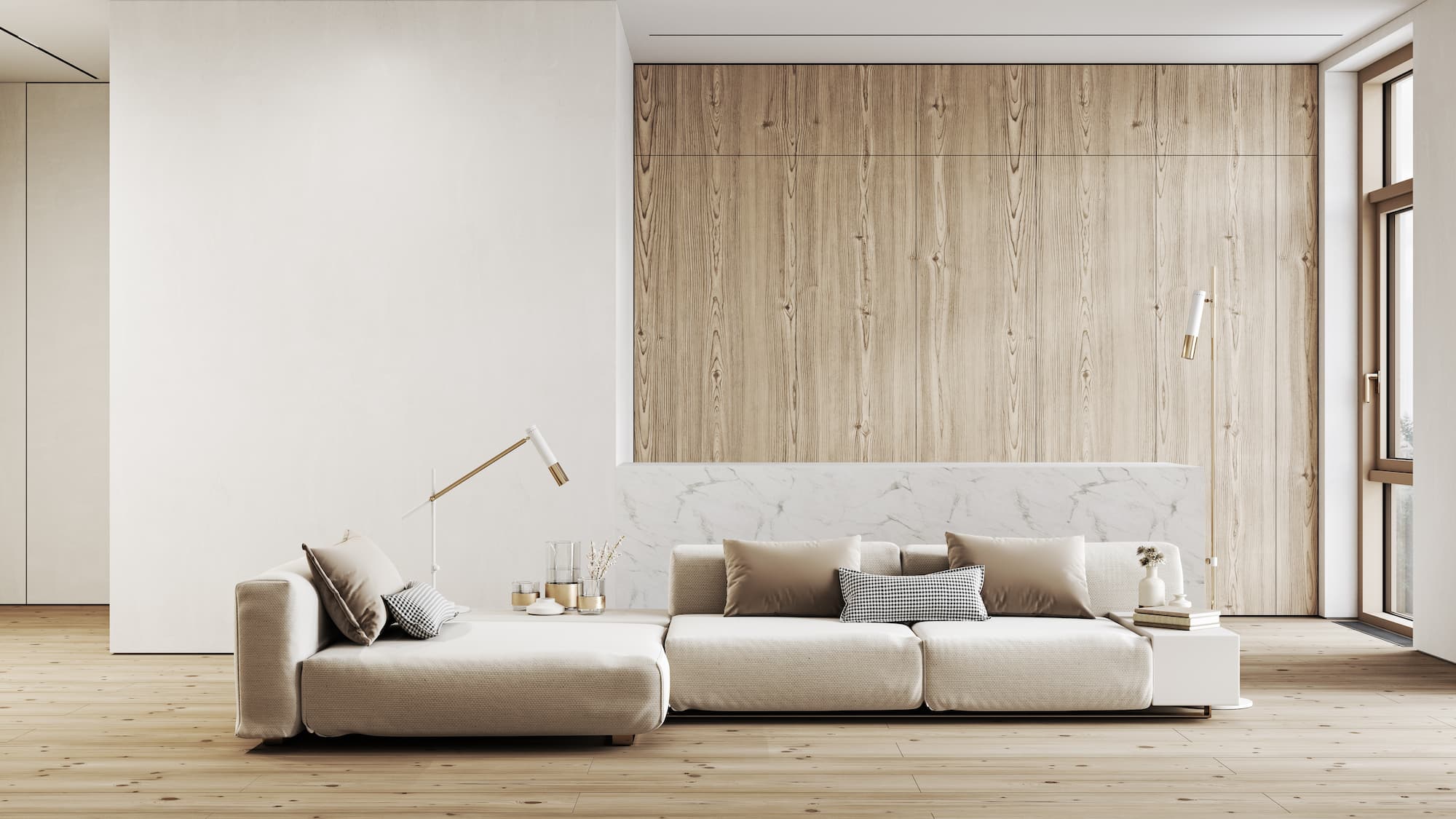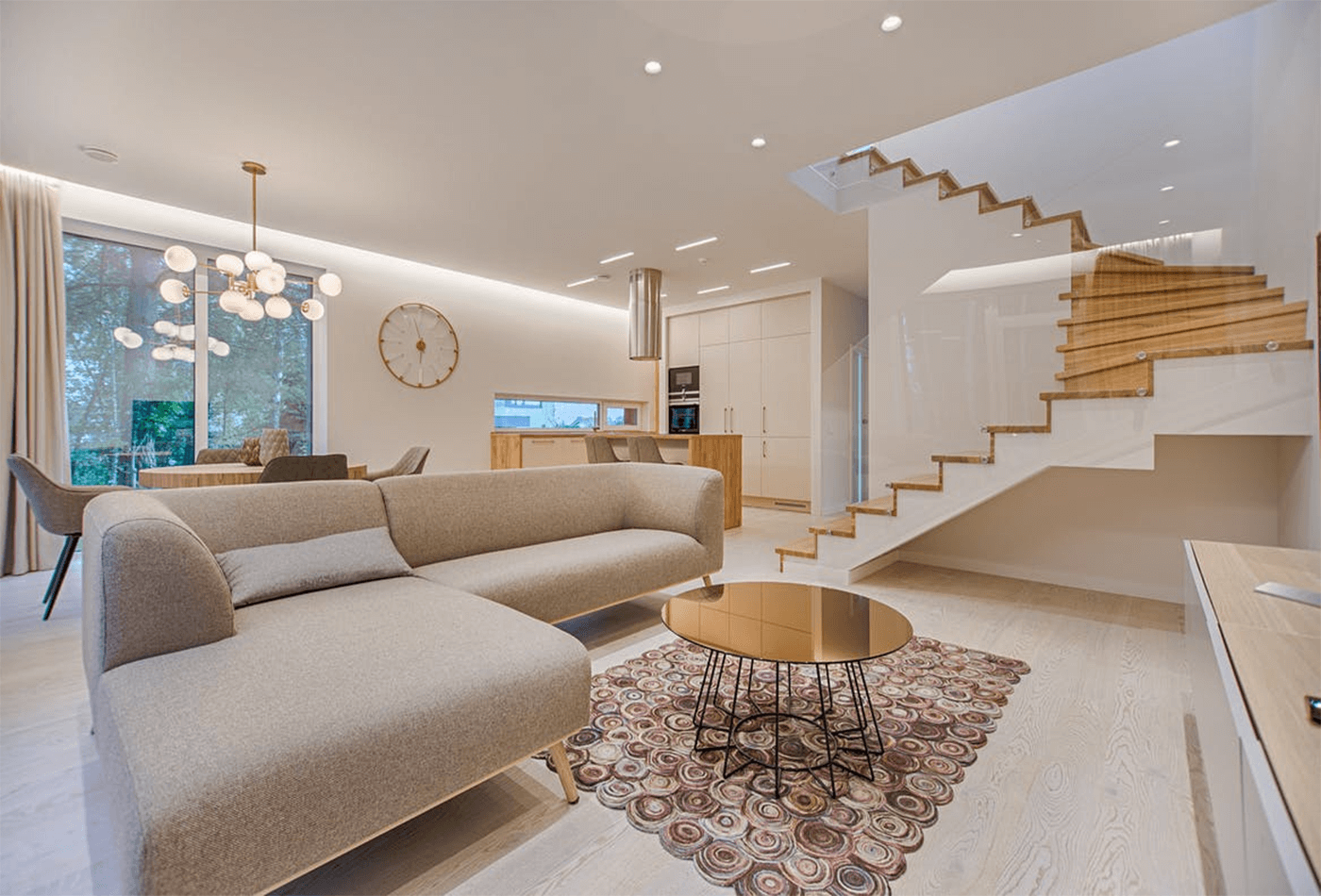Renowned Architecture Firm specializing in modern structures.
Renowned Architecture Firm specializing in modern structures.
Blog Article
Change Your Home With Necessary Concepts of Interior Style and Aesthetics
By comprehending the effect of color concept and the relevance of texture and patterns, one can develop rooms that are not only aesthetically attractive but additionally deeply individual. Achieving this stability entails even more than mere decor; it includes a strategic setup and a keen understanding of how each component engages within a space.
Recognizing Color Concept
Color concept is an essential aspect of indoor design that significantly influences mood, understanding, and overall visual. Understanding the concepts of color theory permits designers to produce spaces that reverberate emotionally with residents while meeting practical requirements (luxury interior design). Shades can be classified into 3 main kinds: primary, additional, and tertiary. Each group plays a vital function in developing consistency within an area.
The emotional impact of colors is profound; cozy tones such as reds and oranges evoke power and heat, while awesome tones like blues and eco-friendlies advertise peace and tranquility. The usage of complementary shades enhances visual interest, creating striking contrasts that can elevate a space's charm.
Neutral shades, on the various other hand, act as a versatile backdrop, allowing other design components to beam. It is important to think about elements such as illumination and the room's function when choosing a shade scheme, as these can modify the assumption of shades throughout the day.
Eventually, a well-considered shade system can change an area, promoting a sense of convenience and style that straightens with the inhabitants' preferences. Mastery of shade theory is, consequently, an essential ability for any type of interior designer intending to develop unified and welcoming atmospheres.
Achieving Equilibrium in Style
Exactly how can developers accomplish a feeling of equilibrium in their spaces? Attaining balance in style is fundamental to developing unified interiors. Developers can use three primary types of equilibrium: in proportion, asymmetrical, and radial. Balanced balance involves preparing components evenly around a main point, cultivating a sense of order and harmony. This type typically features sets of furniture or art work, improving aesthetic stability.
Unbalanced balance, on the various other hand, depends on varying elements that still attain a natural appearance. This method enables more vibrant and informal setups, offering passion while maintaining balance. By thoroughly picking differing sizes, shades, and textures, designers can develop a visually compelling space that feels balanced yet energised.
Radial equilibrium highlights a main centerpiece with components radiating external. This design is frequently seen in round layouts, where furniture and design produce a natural surround that attracts the eye internal.
Ultimately, attaining equilibrium calls for thoughtful factor to consider of scale, proportion, and the relationships in between components. interior design firms. By masterfully using these equilibrium concepts, designers can transform areas into atmospheres that really feel both visually pleasing and functionally unified, boosting the overall experience for residents
Value of Spatial Understanding

An eager feeling of spatial awareness allows designers to determine centerpieces within a space, leading the viewer's interest to crucial functions while preserving a general feeling of unity. It likewise helps in the tactical placement of illumination, which can significantly influence the perception of space and mood. Furthermore, understanding spatial relationships enables the designer to satisfy the details demands of inhabitants, guaranteeing that each area offers its desired objective without jeopardizing appearances.
Inevitably, spatial understanding is crucial for making the most of the possibility of any indoor room. By carefully thinking about the interaction in between dimensions, format, and function, designers can develop environments that not just satisfy practical needs however additionally evoke a feeling of comfort and elegance, improving the total living experience.
Integrating Appearance and Patterns
Accepting a diverse series of textures and patterns can considerably improve the aesthetic and responsive allure of an indoor space. The critical use numerous materials-- such as wood, steel, material, and rock-- creates deepness and passion, making a like this space really feel much more welcoming and vibrant. For example, integrating smooth surface areas with rough appearances can establish a balance that draws the eye and engages the detects.
When incorporating patterns, think about both scale and rep. Large patterns can offer as prime focus, while smaller sized, refined layouts can match various other elements without overwhelming the area. Layering patterns, such as pairing flower paddings with candy striped throws, adds complexity and a feeling of consistency if executed thoughtfully.
It is likewise vital to preserve a cohesive color palette, guaranteeing that textures and patterns interact instead of contend for focus. By picking a few like it vital textures and patterns, you can develop a linked visual that shows your personal design while boosting the overall ambiance of the area. Eventually, the cautious consolidation of these aspects can transform an ordinary area into an innovative setting rich with character and heat.
Customizing Your Area
Developing an area that reflects your individuality is crucial to accomplishing a genuinely welcoming environment. Personalization in indoor style allows you to instill your unique design and passions right into your home, transforming it from a simple sanctuary into a shelter that speaks with who you are. Begin by selecting a color palette that reverberates with your feelings-- bold hues can energize, while soft tones supply tranquility.
Integrate artwork and design that reflect your passions, whether it be traveling, nature, or abstract ideas. Presenting personal collections, such as publications, pictures, or keepsakes, can evoke valued memories and develop centerpieces within an area. Furthermore, take into consideration customizing functional pieces, like upholstered furnishings, to align with your visual choices.

Verdict
To conclude, the makeover of a home through the important principles of interior decoration and aesthetics requires a comprehensive understanding of shade concept, balance, spatial recognition, structure, and personalization. Each component adds considerably to producing an unified and practical living setting - luxury interior design. By thoughtfully incorporating these concepts, individuals can enhance the visual charm and emotional vibration of their spaces, ultimately cultivating a home that reflects unique identifications while supplying convenience and usefulness
Report this page